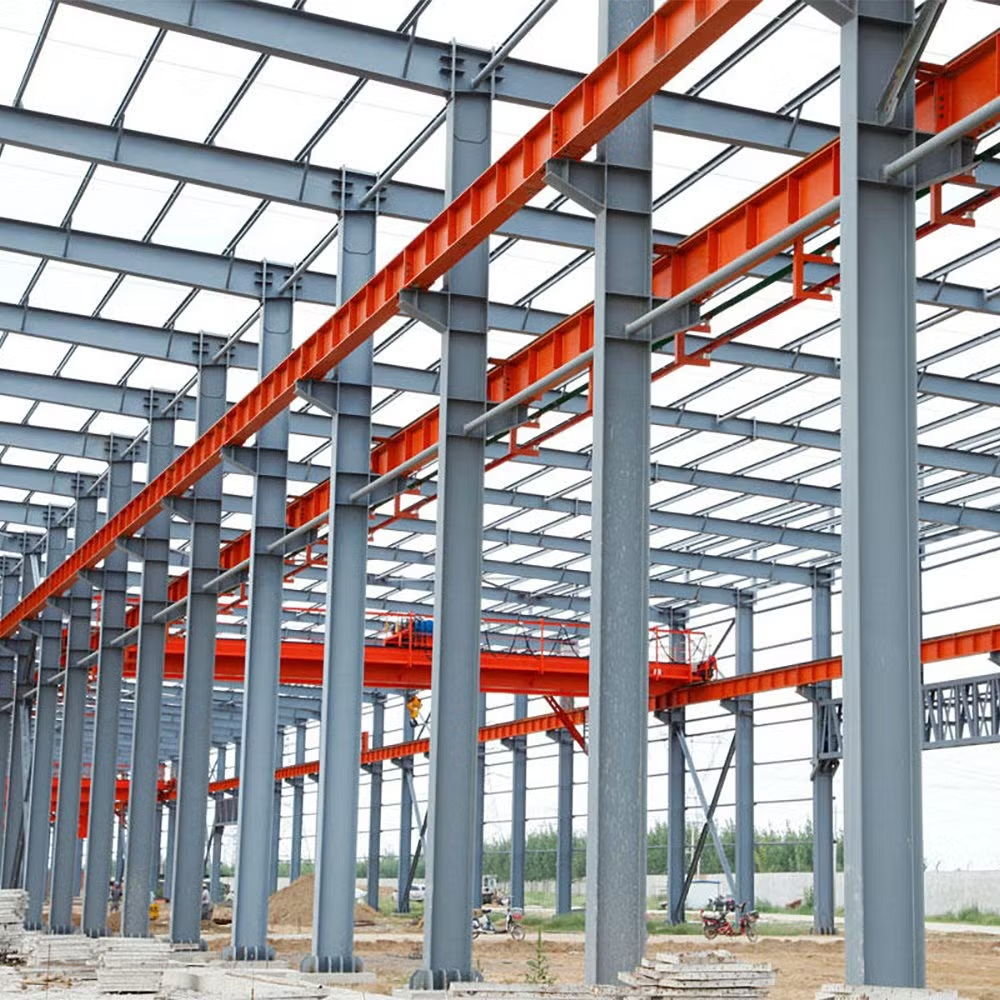Understanding Quality Assurance in Structural Steel Construction
Quality assurance is a critical component in the success of any construction project, particularly when it comes to Structural steel construction. Ensuring that every beam, column, and connection meets precise standards is essential for the safety, durability, and performance of a structure. Contractors and engineers must implement systematic procedures that cover every stage of the construction process, from material selection to fabrication, assembly, and final inspection. High-quality workmanship not only guarantees compliance with building codes but also minimizes the risk of costly repairs or failures in the future.
Material Selection and Testing
The foundation of quality assurance in structural steel construction begins with selecting the right materials. Steel must meet strict specifications regarding tensile strength, ductility, and corrosion resistance. Reputable suppliers provide certified materials that have undergone rigorous testing. Testing methods such as ultrasonic inspection, magnetic particle testing, and tensile testing are standard practices to ensure that all steel components comply with required standards. By verifying material quality before fabrication, contractors can prevent structural weaknesses and maintain consistent project standards.
Fabrication Processes and Standards
Fabrication is a crucial stage where raw steel is transformed into precise components ready for assembly. Adherence to strict fabrication standards ensures that each part fits accurately, reducing the likelihood of errors during installation. Quality assurance protocols during fabrication include dimensional checks, welding inspections, and surface treatment evaluations. For structural steel construction projects, ensuring that welds are defect-free and that dimensions meet project specifications is essential to maintain structural integrity and safety.
On-Site Inspection and Supervision
Quality assurance does not end at fabrication; rigorous on-site inspection and supervision are vital for structural steel construction projects. Inspectors monitor every phase of assembly, verifying that components are installed correctly and securely. Bolted and welded connections are checked to ensure alignment and strength. Supervisors also ensure that construction practices follow project designs and safety regulations. Continuous monitoring and documentation of the construction process allow for early detection of potential issues, minimizing the risk of future failures.
Compliance with Industry Standards and Regulations
Adherence to industry standards and regulations is a core element of quality assurance in structural steel construction. Standards set by organizations such as ASTM, AISC, and ISO provide benchmarks for material quality, fabrication practices, and structural performance. Regulatory compliance ensures that projects are legally sound and structurally reliable. Integrating these standards into every phase of the project, from design to completion, enhances the overall quality and longevity of the construction.
Advanced Technology in Quality Assurance
Modern technology plays a pivotal role in enhancing quality assurance in structural steel construction. Digital modeling, laser scanning, and 3D printing allow for precise planning, fabrication, and verification of steel components. These tools help detect deviations before they become significant issues, saving time and resources. Using technology to complement traditional inspection methods ensures higher accuracy and improves the overall reliability of construction projects.
Training and Skilled Workforce
A well-trained workforce is essential for maintaining high-quality standards in structural steel construction. Skilled engineers, fabricators, and inspectors understand the nuances of steel behavior and construction techniques. Continuous training programs help staff stay updated with the latest standards, tools, and best practices. Ensuring that all team members are knowledgeable and competent contributes significantly to the effectiveness of quality assurance measures.
Documentation and Continuous Improvement
Documentation is a cornerstone of quality assurance in structural steel construction. Maintaining detailed records of material tests, fabrication procedures, inspections, and compliance reports provides traceability and accountability. Additionally, analyzing these records allows teams to identify recurring issues and implement continuous improvement strategies. By fostering a culture of learning and adaptation, construction companies can consistently enhance the quality and efficiency of their projects.
The Benefits of Robust Quality Assurance
Implementing comprehensive quality assurance in structural steel construction projects results in safer structures, reduced maintenance costs, and extended service life. Clients benefit from increased confidence in the structural integrity of their buildings, while contractors gain a reputation for reliability and excellence. Ultimately, prioritizing quality assurance ensures that every project meets or exceeds expectations, delivering value, safety, and long-term performance.
Conclusion
Quality assurance is an indispensable aspect of structural steel construction. From material selection and fabrication to on-site inspection and compliance with industry standards, every step requires meticulous attention to detail. By integrating advanced technologies, skilled personnel, and thorough documentation practices, construction teams can achieve outstanding results. Projects executed with robust quality assurance measures not only meet safety and performance requirements but also demonstrate a commitment to excellence in structural steel construction.
